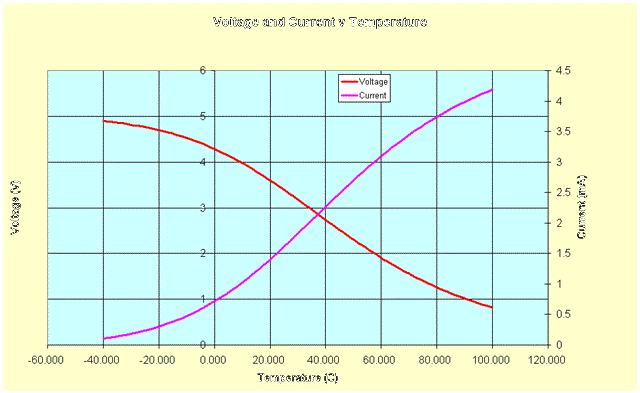Driver+Passengers wrote:Thoughts on calibration...
Assuming that different readings are due to the accuracy of the 10K thermistors across the operating range, it would be possible to modify the lookup table for a given thermistor, though not without manual effort. As both channels use the same lookup table, it's quite possible that you'll not get both sensors reading the same.
Another option might be to half the size of the table (say 25-100 degC) and, like the original temp gauge, it wouldn't 'move' until up to temperature. That would leave space for 2 lookup tables, one per channel. You'd then match the lookup table values to your sensor.
But to do this reliably, would require obtaining a value for every degC between 25-100, and repeat this for each sensor. Sounds like too much work.
Not sure there's anything easy to be done, here. Eventually, I'd like to get 1-wire master code in there to get the DS18B20s working. You'd then be at the mercy of the DS18B20's own accuracy - perhaps no better than the NTCs at our 80-100 operating range?
Haven't though of anything simple yet.
It might be possible to put the sensors in boiling water and press the (new) microswitch for some period to cause some value to be written to EEPROM, read it every time on startup, and then apply some offset function to the values in the table when determining the reading to display.
All this said, it's probably too much effort and we'll likely be fine living with up to a few degrees difference between two sensors.
Due to the non-linearity there doesn't appear to be any easy fix across the whole range. Even if you do manage to implement something like your push button at 100 deg C method, you won't know whether it's the B-value or the resistance that's out on the thermistor (assuming it is the thermistor).
I know you will want to avoid pots with such a nice integrated unit, but it may be easier to just add one that can be adjusted to match the thermistors at the critical temp, i.e. around 100 deg and hope that the first order approximation holds over a wide enough range to be useful. Of course doing this won't fix any offset at ambient temps, but the difference should decrease as it moves into normal operating temps.











